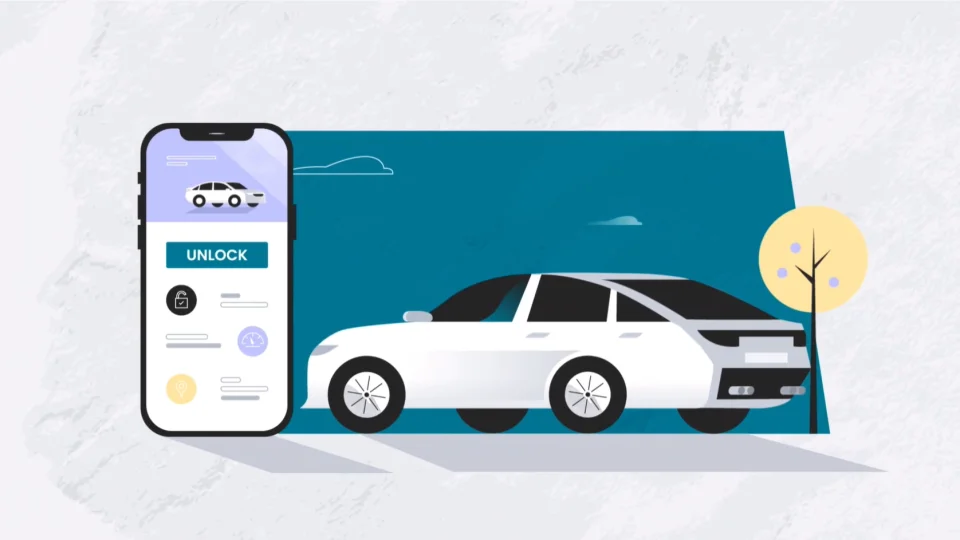Which Is The Most Popular Vehicle Type Data API In 2023?

What is a vehicle type data API?
A vehicle type data API is a tool that allows you to access real-time data on different vehicle types. This data can include things like sales figures, market share, and more.
This information can be invaluable when it comes to marketing your business or your products. By knowing which vehicle types are popular and which ones are not, you can target your marketing efforts more effectively.
This can result in higher sales and a better customer experience overall. So if you’re looking for a way to take your marketing efforts to the next level, then a vehicle type data API is a great place to start.
Why should you use a vehicle type data API?
There are many reasons why you should use a vehicle type data API. One of the main reasons is that it can help you improve your marketing efforts by giving you access to real-time data on different vehicle types. This data can help you target your marketing efforts more effectively, which can lead to higher conversion rates and more sales.
Another reason why you should use a vehicle type data API is that it can help you stay up-to-date on the latest trends in the automotive industry. This can help you keep your business ahead of the curve and ensure that you are always offering customers the best products and services possible.
There are many benefits of using a vehicle type data API, but one of the main benefits is that it can help you stay up-to-date on the latest trends in the automotive industry. This can help you keep your business ahead of the curve and ensure that you are always offering customers the best products and services possible.
For digital mobility services, the exchange of multiple API-based data sets is becoming increasingly important. With the use of automotive data APIs, service providers can obtain information about a vehicle’s location, mileage, fuel consumption, and other indicators. As a result, customers have a better experience and operations expenses are reduced.

Use Vehicle Type Classification AP, It The Perfect API You Can Use
It can recognize different autos that might be present in a given photograph thanks to a well-trained machine-learning system, which is called Vehicle Type Classification API.
What your API delivers (input/output) and what this API receives (input/output)?
You may get a list of all the potential items in an image just by giving the Image URL.
A confidence score ranges from 0 to 1. The more closely a value approaches 1, the better the AI is able to identify the object in the image.
Label: The name of the object the AI has identified on the image will be provided to you.
What are this API’s most typical use cases?
Vehicle Type Data API is a powerful tool that allows you to get all kinds of information about vehicles. You can use this information to create apps that display information about specific vehicles or even to create your own car database.
This API also allows you to get information about specific models of vehicles as well as information about different makes and models. You can also get information about specific makes and models as well as general information about different makes and models.
Vehicle Type Data API also allows you to filter this information by country or even by manufacturer. This means that you can get very specific information about different vehicles, making it perfect for creating an app or even just for creating a database.
So if you’re looking for a Vehicle Type Data API, look no further than Vehicle Type Data API!
To Make Use Of It, You Must First:
1- Go to Vehicle Type Classification API and simply click on the button “Subscribe for free” to start using the API.
2- After signing up in Zyla API Hub, you’ll be given your personal API key. Using this one-of-a-kind combination of numbers and letters, you’ll be able to use, connect, and manage APIs!
3- Employ the different API endpoints depending on what you are looking for.
4- Once you meet your needed endpoint, make the API call by pressing the button “run” and see the results on your screen.





